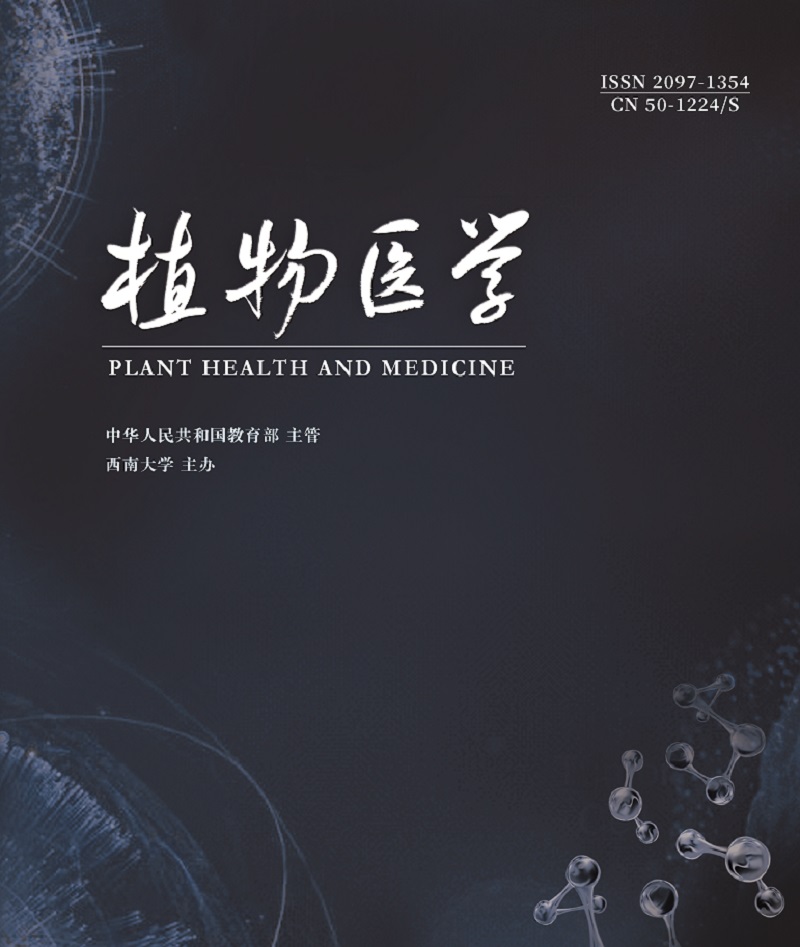Effects of Different Seedling Breeding Methods on Disease and Stress Resistance of Flue-cured Tobacco at Seedling Stage
- Received Date: 06/07/2023
-
Key words:
- industrial seedling culture /
- tobacco seedlings /
- resistance to disease and stress /
- shallow water seedling nursing /
- non-woven fabric seedling nursing
Abstract: This study aimed to explore the effects of different seedling breeding methods on the quality of tobacco seedlings. From 2020 to 2022, the effects of floating, wet, alternating dry and wet, shallow water and non-woven fabric seedling-nursing treatments on the quality of tobacco seedlings at different growth stages were continuously monitored in seedling-nursing greenhouses at same sites in Pingdingshan City and Xuchang City, Henan Province. The effects of different seedling breeding methods on the agronomic traits, antioxidant enzyme activity, MDA content and root vitality of tobacco seedlings were systematically analyzed. The results showed that the agronomic traits, antioxidant enzyme activity and root activity of tobacco seedlings were significantly improved by shallow water seedling treatment, followed by non-woven fabric and wet seedling-nursing compared with floating treatment at the cross stage, root extension stage and seedling stage. In the seedling stage, the root length, lateral root number, seedling growth rate, SOD enzyme activity and root activity of shallow water seedling-nursing treatment increased by 26.85%, 18.89%, 1.58%, 28.52% and 23.71% compared with floating seedling-nursing treatment. The agronomic indexes, antioxidant enzyme activity and root vitality of tobacco seedlings in cross, rooting and adult stages by industrialized seedling production were comprehensively analyzed. Shallow water and non-woven fabric seedling-nursing significantly improved the agronomic traits, disease resistance and stress enzyme activity and root vitality at the flue-cured tobacco seedling stage, thereby significantly improve the quality of flue-cured tobacco seedlings.





 DownLoad:
DownLoad: